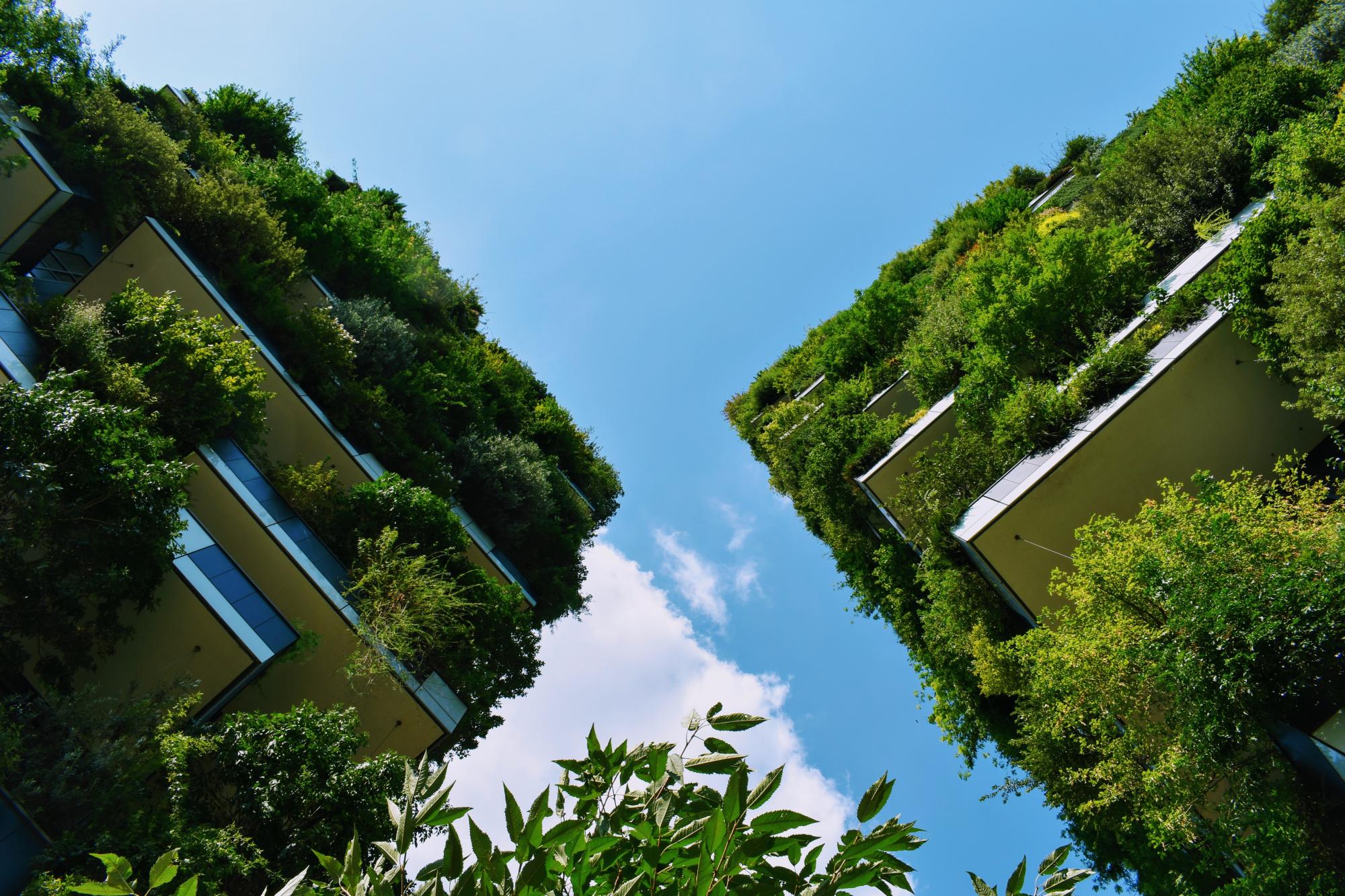Last updated: October 2021
The initiative created the first in the city anti-smog garden around a local school. The garden serves multiple purposes as it will include: a greenhouse and a composter, the air-pollution absorbing plants that will attract birds and insects and protect the school from urban dust and noise, a vegetable garden, houses for hedgehogs, birds and butterflies, a 'sensory' path for medicinal gymnastics, a roofed gazebo, a meteorological station and a book exchange booth. It is open to other schools and kindergartens and the general public during the school working hours - for educational purposes and recreation [1,2].
Overview
Nature-based solution
- Grey infrastructure featuring greens
- Institutional green space
- Community gardens and allotments
- Community gardens
Key challenges
- Green space, habitats and biodiversity (SDG 15)
- Habitat and biodiversity conservation
- Green space creation and/or management
- Environmental quality
- Air quality improvement
- Waste management
- Noise reduction
- Social justice, cohesion and equity (SDG 10)
- Environmental education
- Health and well-being (SDG 3)
- Creation of opportunities for recreation
Focus
Creation of new green areas, Knowledge creation and awareness raising
Project objectives
The main goals of the intervention are:
1) To reduce the smog in the local area;
2) To provide for a green institutional space that will also serve the educational purposes for children and the local community [1,2].
The garden also serves multiple purposes as it will include: a greenhouse and a composter, air-pollution absorbing plants that will attract birds and insects and protect the school from urban dust and noise, a vegetable garden, houses for hedgehogs, birds and butterflies, a 'sensory' path for medicinal gymnastics, a roofed gazebo, a meteorological station and a book exchange booth. [1,2].
Implementation activities
The garden serves multiple purposes as it will include: the greenhouse and the composter, the air-pollution absorbing plants that will attract birds and insects and protect the school from urban dust and noise, a vegetable garden, houses for hedgehogs, birds and butterflies, a 'sensory' path for medicinal gymnastics, a roofed gazebo, a meteorological station and a book exchange booth. It is open to other schools and kindergartens and the general public during the school working hours - for educational purposes and recreation [1,2].
Biodiversity conservation or restoration-focused activities
Biodiversity conservation:
- Protect species
- Undertake specific measures to protect species
- Undertake specific measures to protect native species
- Means for conservation governance
- Raise public awareness
- Public engagement
Main beneficiaries
- Young people and children
Governance
Management set-up
- Led by non-government actors
Type of initiating organisation
- Public sector institution
Participatory approaches/ community involvement
- Co-planning (e.g. stakeholder workshops, focus groups, participatory mapping)
- Dissemination of information and education
- Joint implementation (e.g. tree planting)
Details on the roles of the organisations involved in the project
The school developed the project proposal and applied for funds from the City Council.
Project implemented in response to ...
... an EU policy or strategy?
Unknown
... a national policy or strategy?
Unknown
... a local policy or strategy?
Unknown
Financing
Total cost
€10,000 - €50,000
Source(s) of funding
- Public local authority budget
Type of funding
- Earmarked public budget
Non-financial contribution
Type of non-financial contribution
- Provision of labour
Who provided the non-financial contribution?
- Citizens (e.g. volunteering)
Impacts and Monitoring
Environmental impacts
- Environmental quality
- Improved air quality
- Improved waste management
- Reduced noise exposure
- Green space and habitat
- Promotion of naturalistic styles of landscape design for urban development
- Increased conservation or restoration of ecosystems
- Increased number of species present
Economic impacts
- Reduce financial cost for urban management
Socio-cultural impacts
- Social justice and cohesion
- Increased involvement of locals in the management of green spaces
- Increased access to healthy/affordable food
- Health and wellbeing
- Gain in activities for recreation and exercise
- Education
- Increased knowledge of locals about local nature
- Increased awareness of NBS and their benefits
Type of reported impacts
Expected impacts
Presence of formal monitoring system
Unknown
Presence of indicators used in reporting
No evidence in public records
Presence of monitoring/ evaluation reports
No evidence in public records
Availability of a web-based monitoring tool
No evidence in public records
References
1. Kolet-Iciek, A., (2017), 'Live lessons in the Cracow's shools in the near future' ('Żywe lekcje w krakowskich szkołach coraz bliżej'),
Source link (Accessed: 24 August 2020).
2. Panek, D., (2017), 'An anti-smog garden will be built in Cracow' ('W Krakowie powstanie antysmogowy ogród edukacyjny'), Source link (Accessed: 24 August 2020).
Source link (Accessed: 24 August 2020).
2. Panek, D., (2017), 'An anti-smog garden will be built in Cracow' ('W Krakowie powstanie antysmogowy ogród edukacyjny'), Source link (Accessed: 24 August 2020).



